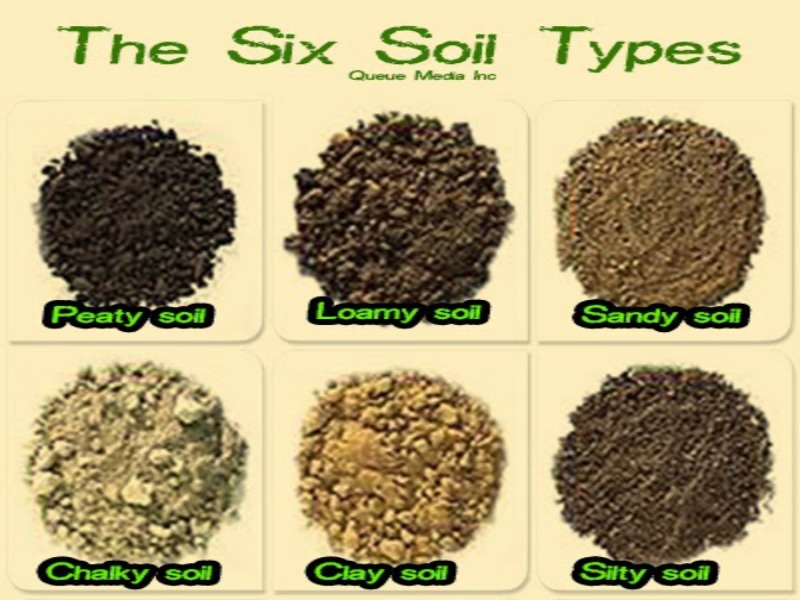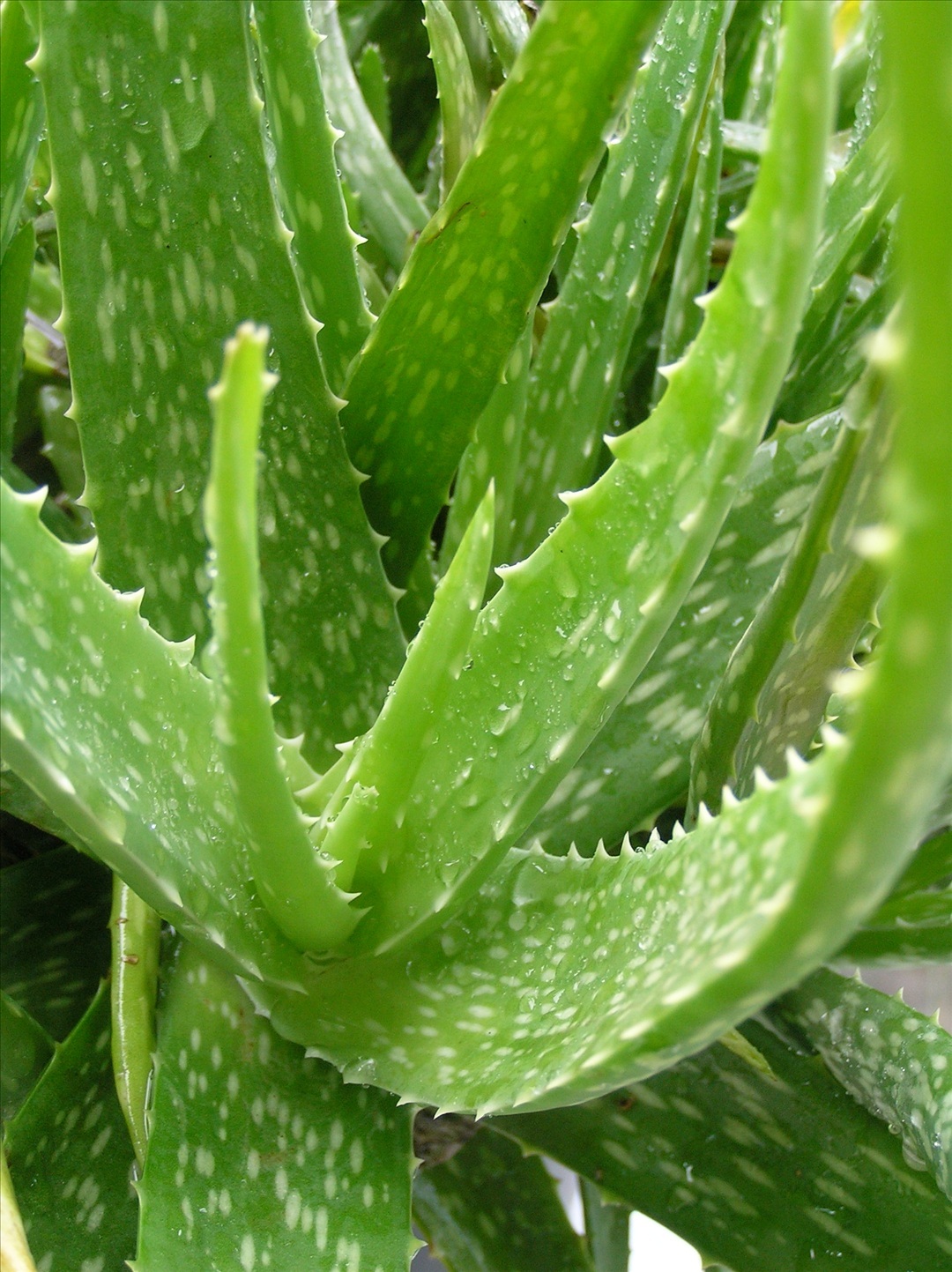Why Soil Matters for Aloe Vera Health
Aloe plants require a specific type of soil that meets their unique needs. Soil quality plays a vital role in the health and well-being of aloe plants, affecting factors such as water retention, nutrient uptake, and overall plant health. A well-draining soil with the right pH balance is essential for aloe plants to thrive. Soil that is too dense or waterlogged can lead to root rot, while soil that is too dry can cause the plant to become stressed and vulnerable to disease. By understanding the importance of soil quality, aloe plant enthusiasts can take the necessary steps to create an optimal growing environment for their plants. This includes selecting the right type of soil for aloe plant, which can make all the difference in promoting healthy growth and development.
Understanding Aloe Plant Soil Requirements
Aloe plants have specific soil requirements that must be met to ensure optimal growth and health. One of the most critical factors is pH level, which should range between 6.0 and 7.0. Aloe plants thrive in slightly acidic to neutral soil, and a pH outside this range can lead to nutrient deficiencies and poor growth. Moisture content is another essential aspect, as aloe plants require well-draining soil to prevent waterlogged soil and root rot. The ideal soil should retain some moisture but drain excess water quickly. In terms of nutrient requirements, aloe plants are light feeders and require a balanced fertilizer with a low nitrogen content. A good type of soil for aloe plant should also contain organic matter, such as peat moss or compost, to improve soil structure and fertility. By understanding these specific soil needs, aloe plant enthusiasts can create an optimal growing environment for their plants.
How to Choose the Right Soil for Your Aloe Plant
Selecting the right type of soil for aloe plant is crucial for its health and well-being. When choosing a soil, consider the following factors: drainage, pH level, and nutrient content. A well-draining soil is essential to prevent waterlogged soil and root rot, which can be detrimental to aloe plants. Look for soils with a mix of perlite, vermiculite, or sand to ensure good drainage. The pH level of the soil should range between 6.0 and 7.0, as aloe plants thrive in slightly acidic to neutral soil. Additionally, opt for a soil with a balanced fertilizer and low nitrogen content, as aloe plants are light feeders. It’s also important to avoid soils with high organic matter content, as they can retain too much water and cause root rot. By considering these factors, you can choose the best type of soil for aloe plant and create an optimal growing environment. Common mistakes to avoid include using regular potting soil, which can be too dense and retain too much water, and neglecting to check the pH level of the soil. By taking the time to select the right soil, you can ensure your aloe plant thrives and remains healthy.
Top Soil Types for Aloe Plants: A Comparative Analysis
When it comes to selecting the best type of soil for aloe plant, there are several options to consider. In this article, we’ll compare and contrast three popular soil types suitable for aloe plants: cactus mix, potting soil, and DIY soil blends. Cactus mix is a popular choice for aloe plants due to its well-draining properties and low organic matter content. This type of soil is specifically designed for cacti and succulents, making it an ideal choice for aloe plants. Potting soil, on the other hand, is a more general-purpose soil that can be used for a variety of plants. However, it may retain too much water and cause root rot in aloe plants. DIY soil blends offer a customizable solution, allowing growers to mix their own soil using a combination of ingredients such as perlite, vermiculite, and peat moss. This approach can be beneficial for aloe plants, as it allows for precise control over the soil’s pH level, moisture content, and nutrient availability. Ultimately, the best type of soil for aloe plant will depend on the individual grower’s needs and preferences. By understanding the pros and cons of each soil type, growers can make an informed decision and create an optimal growing environment for their aloe plants.
The Role of Drainage in Aloe Plant Soil
Proper drainage is a critical component of aloe plant soil, as it directly affects the plant’s ability to absorb water and nutrients. A well-draining soil prevents waterlogged soil and root rot, which can be detrimental to aloe plants. When selecting a type of soil for aloe plant, it’s essential to consider the drainage properties of the soil. A soil with good drainage will allow excess water to flow through, preventing the roots from sitting in waterlogged soil. This can be achieved by incorporating ingredients such as perlite, vermiculite, or sand into the soil mix. These materials help to improve drainage and prevent water from accumulating in the soil. Additionally, using a shallow pot with good drainage holes can also help to prevent waterlogged soil. By ensuring proper drainage in aloe plant soil, growers can create an optimal growing environment that promotes healthy root growth and prevents root rot. It’s also important to note that over-watering is a common mistake that can lead to waterlogged soil and root rot. By understanding the importance of drainage and taking steps to prevent waterlogged soil, growers can help their aloe plants thrive.
Organic vs. Inorganic Soil: Which is Best for Aloe Plants?
When it comes to selecting the right type of soil for aloe plant, growers often face a dilemma: organic or inorganic soil? Both options have their pros and cons, and understanding the differences between them is crucial for creating an optimal growing environment for aloe plants. Organic soil, made from natural ingredients such as peat moss, compost, and worm castings, offers several benefits for aloe plants. It tends to retain moisture better, reducing the need for frequent watering, and provides a slow release of nutrients that promote healthy plant growth. Additionally, organic soil is generally more environmentally friendly and sustainable. On the other hand, inorganic soil, made from synthetic materials such as perlite, vermiculite, and sand, has its own advantages. It is often less expensive than organic soil and can provide better drainage, which is essential for aloe plants. However, inorganic soil may lack the nutrient-rich properties of organic soil and can be less sustainable. Ultimately, the choice between organic and inorganic soil depends on the individual grower’s needs and preferences. By understanding the pros and cons of each option, growers can make an informed decision and select the best type of soil for aloe plant that meets their specific requirements.
Common Soil Mistakes to Avoid with Aloe Plants
When it comes to growing aloe plants, soil-related mistakes can be detrimental to their health. By understanding the common mistakes to avoid, growers can create an optimal growing environment that promotes healthy plant growth. One of the most common mistakes is over-watering, which can lead to waterlogged soil and root rot. Aloe plants require well-draining soil, and over-watering can be disastrous. On the other hand, under-watering can also harm aloe plants, causing them to become stressed and vulnerable to disease. Another common mistake is using the wrong soil pH, which can affect the plant’s ability to absorb nutrients. Aloe plants prefer a slightly acidic to neutral soil pH, ranging from 6.0 to 7.0. Using a type of soil for aloe plant that is too alkaline or acidic can hinder plant growth. Additionally, using a soil that lacks essential nutrients or has poor drainage can also harm aloe plants. By avoiding these common soil mistakes, growers can create a healthy and thriving environment for their aloe plants. By selecting the right type of soil for aloe plant and following proper soil care practices, growers can enjoy the many benefits of these versatile and low-maintenance plants.
Creating a Custom Soil Blend for Your Aloe Plant
Creating a custom soil blend for aloe plants can be a cost-effective and efficient way to provide the right type of soil for aloe plant growth. By mixing the right ingredients in the right ratios, growers can create a soil blend that meets the specific needs of their aloe plants. To start, it’s essential to understand the basic components of a well-balanced soil blend. A good mix should include a combination of peat moss or coconut coir for moisture retention, perlite or vermiculite for drainage, and a small amount of fertilizer for nutrient supply. For aloe plants, a mix with a slightly acidic to neutral pH, ranging from 6.0 to 7.0, is ideal. To create a custom soil blend, start by combining 2 parts peat moss or coconut coir with 1 part perlite or vermiculite. Add a small amount of fertilizer, such as a balanced, water-soluble fertilizer, and mix well. For added drainage, consider adding a small amount of sand or grit to the mix. When selecting ingredients, look for products that are specifically designed for cacti and succulents, as these will be formulated to meet the unique needs of aloe plants. By creating a custom soil blend, growers can ensure that their aloe plants receive the right type of soil for optimal growth and health.









